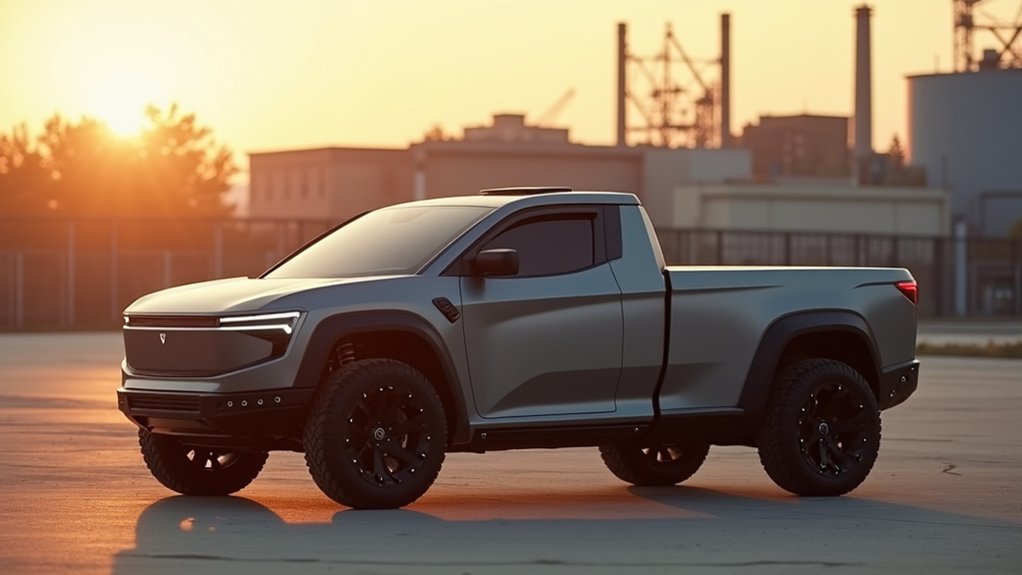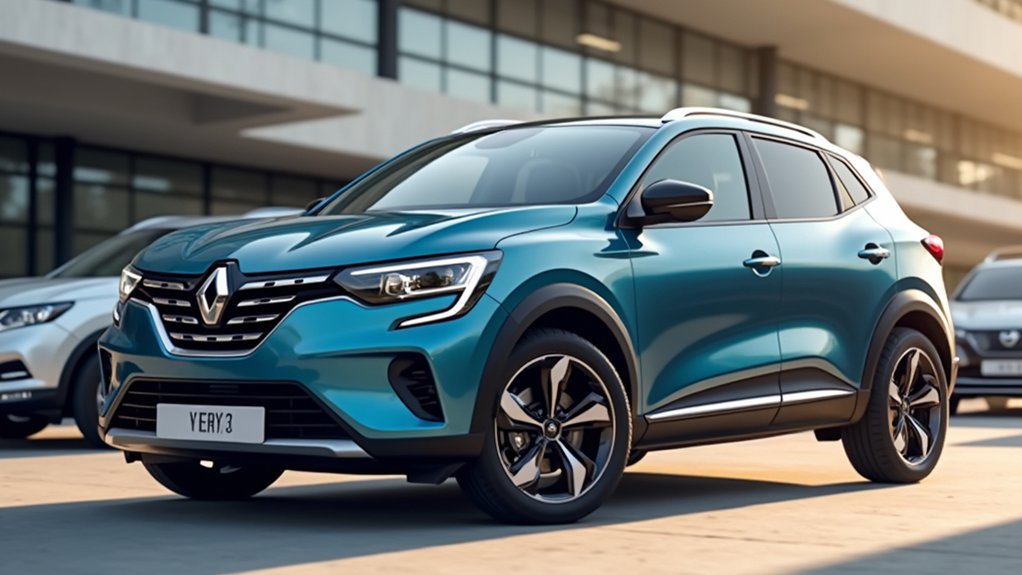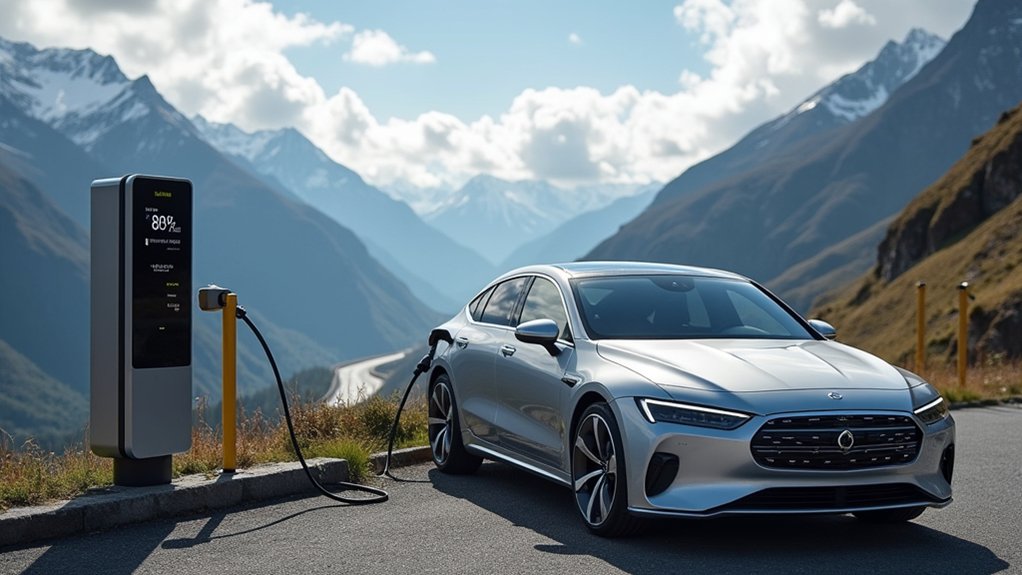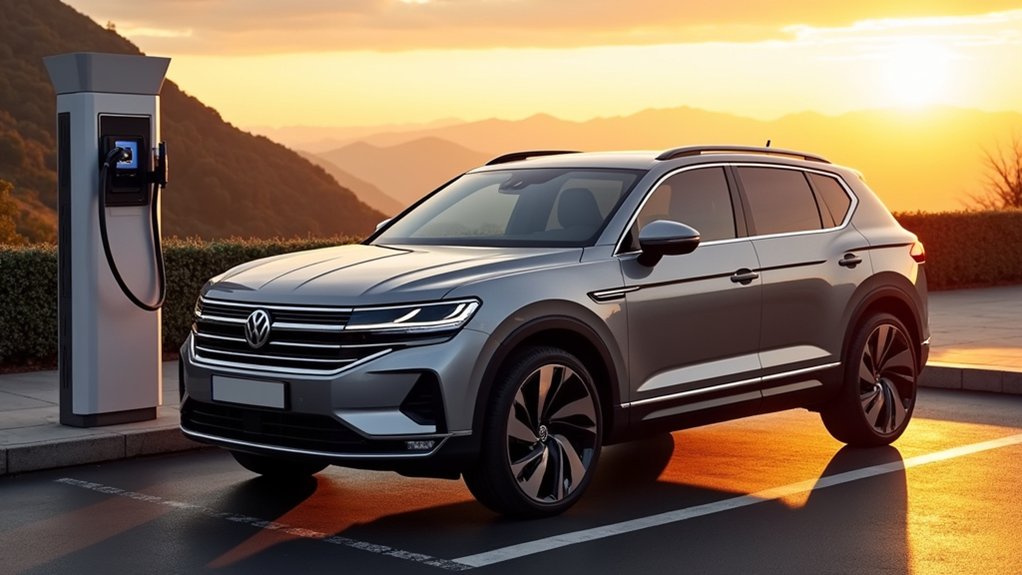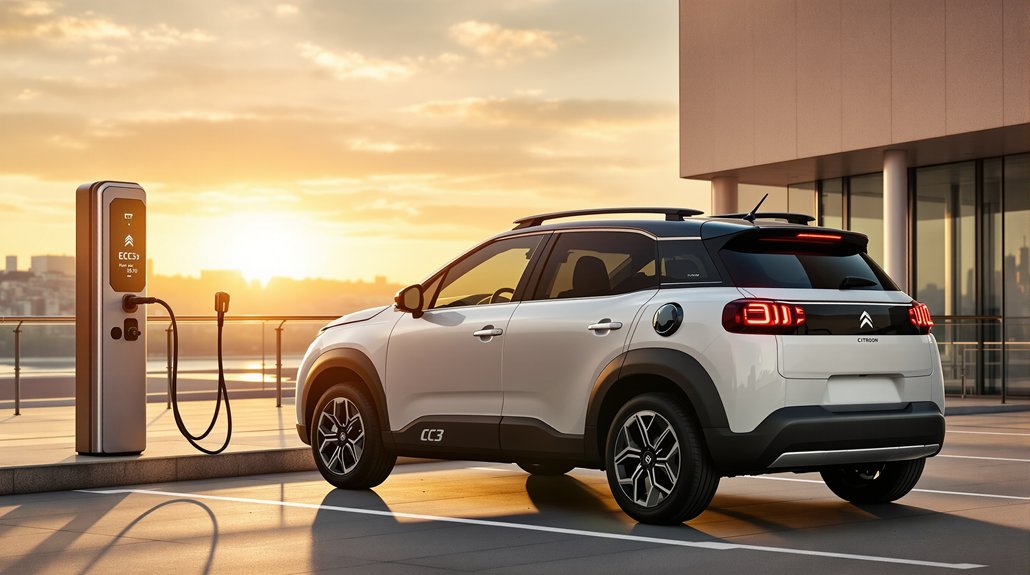As the automotive industry accelerates toward electrification, consumers face an increasingly nuanced choice between plug-in hybrid vehicles (PHEVs) and fully electric vehicles (EVs). The conventional wisdom suggests EVs represent the greenest option, but a closer examination reveals PHEVs may offer surprising ecological advantages in our current infrastructure context.
PHEVs combine the best of both worlds with their dual powertrain architecture, operating in all-electric mode for 20-70 miles before seamlessly converting to hybrid operation. This flexibility addresses the primary challenge facing EVs: dependency on charging infrastructure and clean electricity sources. In regions where the grid remains powered mainly by fossil fuels, PHEVs can actually produce a smaller carbon footprint than their fully electric counterparts. For environmentally conscious drivers, PHEVs can achieve similar lifetime carbon footprints as BEVs if they are driven mainly on electricity.
The dual-nature of PHEVs offers environmental advantages where grid infrastructure lags, potentially outperforming EVs in real-world carbon reduction.
The manufacturing process for EVs generates notably higher emissions due to battery production, creating what industry insiders call a “carbon debt” that requires years of clean operation to offset. PHEVs, with their smaller battery packs, start with less embedded carbon. When driven primarily in electric mode for daily commuting—as most Americans travel fewer than 40 miles per day—PHEVs deliver substantial emissions reductions without the environmental manufacturing burden.
Cost considerations also favor PHEVs for many consumers. While both vehicle types qualify for federal tax incentives up to $7,500, PHEVs typically require less initial investment and don’t necessitate home charging station installations. PHEV batteries typically last about 10 years or more under normal driving conditions, providing long-term reliability. The maintenance requirements, though higher than EVs, remain lower than conventional vehicles.
The versatility of PHEVs presents another compelling advantage. Range anxiety disappears with the backup combustion engine, while regenerative braking enhances efficiency. During extreme temperatures, which notoriously diminish EV range, PHEVs maintain reliability through their dual power sources. Unlike strictly battery-powered vehicles, PHEVs aren’t constrained by the vehicle price caps that limit federal incentives for passenger cars to $55,000 and SUVs/trucks to $80,000.
Recent adoption trends reflect this balanced approach, with PHEVs experiencing an 18% sales increase in 2024. As the shift to full electrification continues, PHEVs serve as both a stepping stone and pragmatic solution. For environmentally conscious consumers looking to maximize real-world impact rather than theoretical benefits, PHEVs deserve serious consideration as the surprising eco-winner in today’s market.

